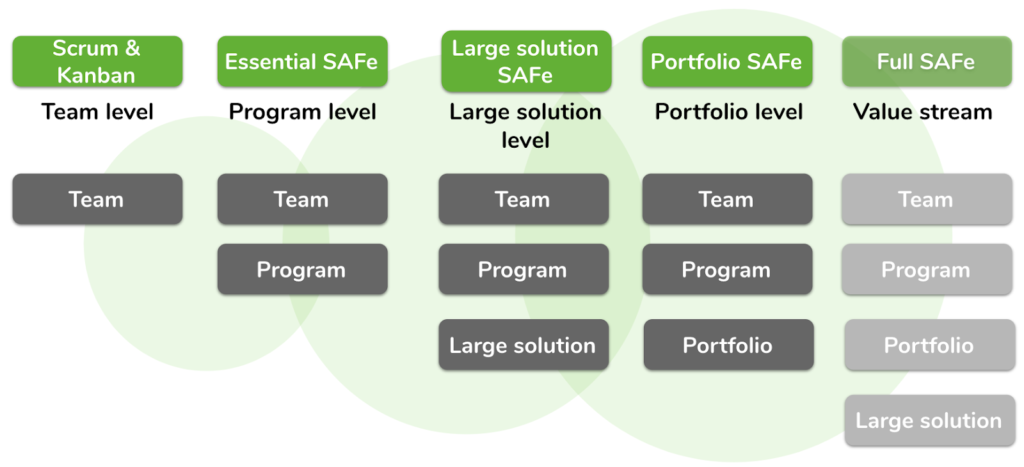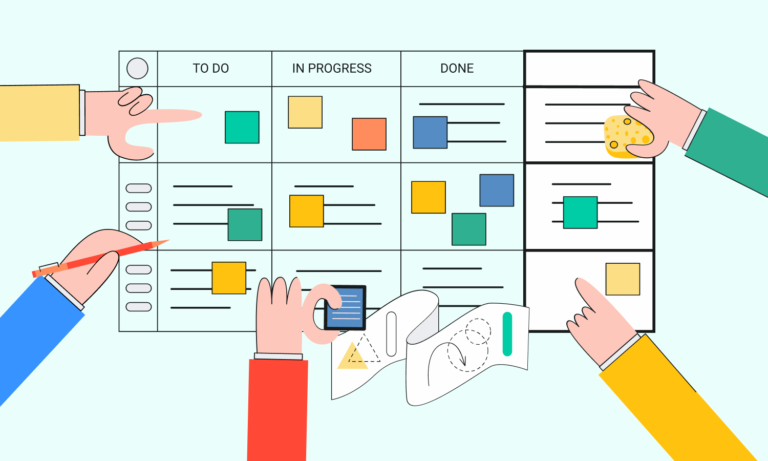Introduction
In the fast-paced and competitive business world, agility is a critical factor for success. While Agile methodologies have proven effective for small teams, scaling Agile practices to large enterprises is a different challenge altogether. The Scaled Agile Framework (SAFe) provides a structured and proven approach to achieve enterprise-level agility. In this blog post, we will explore a step-by-step roadmap to successfully implement SAFe Agile within your organization.
Step 1: Assess Your Current State
To begin the SAFe implementation journey, it is essential to gain a clear understanding of your organization’s current state. Evaluate your existing Agile practices, identify bottlenecks, and acknowledge areas where improvements are needed. Engage stakeholders from all levels of the organization to gather diverse perspectives, as this will help you build a comprehensive picture of your organization’s strengths and weaknesses.
Step 2: Define Your Goals
Once you have assessed your organization’s Agile maturity, it’s time to set specific and achievable goals for the SAFe implementation. Align these goals with your organization’s strategic objectives to ensure that the transformation is in line with the broader vision. Common objectives could include faster time-to-market, improved product quality, increased customer satisfaction, and enhanced collaboration between teams.

Step 3: Assemble the SAFe Implementation Team
Implementing SAFe requires a dedicated team of change agents and Agile experts. Form a SAFe Implementation Team that comprises Agile coaches, transformation specialists, and leaders from various departments. This team will be instrumental in driving the transformation, providing guidance, and fostering a culture of continuous improvement.
Step 4: Educate and Train Your Workforce
The success of any organizational change hinges on the knowledge and skills of the workforce. Invest in SAFe training and workshops tailored to different roles within your organization. These sessions will help employees understand the principles and practices of SAFe Agile, align everyone on a common language, and ensure a smooth transition.
Step 5: Create Agile Release Trains (ARTs)
One of the foundational elements of SAFe is the creation of Agile Release Trains (ARTs). ARTs are long-lived teams of Agile teams that work together to deliver value in a synchronized manner. Organize your workforce into ARTs based on value streams, ensuring that each ART has a clear mission and vision aligned with your organization’s objectives.
Step 6: Organize Agile Teams
Within each ART, organize Agile teams that are cross-functional and self-sufficient. Appoint Product Owners and Scrum Masters to support and guide the teams, fostering an environment where innovation and collaboration thrive.
Step 7: Implement Program Increment (PI) Planning
PI Planning is a crucial event in SAFe, where all teams within an ART come together to plan their work for a fixed period, typically 8-12 weeks. Use this ceremony to establish alignment, prioritize features, and ensure that everyone is working towards the same objectives. PI Planning fosters collaboration and visibility across the organization.
Step 8: Cultivate a Culture of Continuous Improvement
To sustain the benefits of SAFe Agile, promote a culture of continuous improvement. Encourage teams to conduct regular retrospectives to reflect on their processes, celebrate successes, and identify areas for growth. Foster a safe environment where experimentation and learning from failures are encouraged.
Step 9: Integrate DevOps Practices
To optimize the Agile delivery pipeline, integrate DevOps practices into your SAFe implementation. Facilitate collaboration between development and operations teams, automate deployments, and adopt continuous integration and continuous delivery (CI/CD) practices. This integration will streamline the software delivery process and increase responsiveness to customer needs.
Step 10: Measure and Adapt
Measure the progress of your SAFe implementation using relevant metrics, such as lead time, customer satisfaction, and business value delivered. Use this data to identify areas that require improvement and to celebrate achievements. Be prepared to adapt your approach as you learn from your experiences, making necessary adjustments to optimize your SAFe Agile implementation.
Conclusion
Implementing SAFe Agile is a transformative journey that requires commitment, collaboration, and a focus on continuous improvement. By thoroughly assessing your current state, defining clear goals, educating your workforce, organizing Agile Release Trains, and fostering a culture of learning and adaptation, you can successfully scale Agile practices across your organization. Embrace the principles of SAFe Agile, be open to change, and empower your teams to deliver value with speed, quality, and customer-centricity. Through SAFe Agile, your organization can thrive in an ever-changing business landscape and stay ahead of the competition.










